How To Protect Your Roofing Crew On The Job
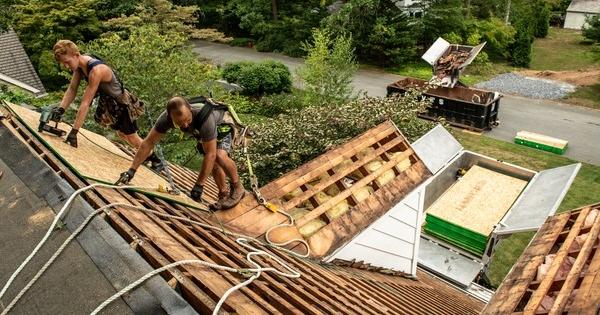
By Equipter.
Prevent slips and falls by following these helpful roofing safety tips.
Not only is roofing one of the riskiest jobs out there, but the most common injuries come from slips, trips and falls. When a worker on your crew gets injured from a fall, it not only hits the team’s productivity, but it can also damage morale and your company as a whole.
Keep your crew — and your company — safe and reduce the risk of job site injury with these helpful tips on residential roof fall protection.
Rock the right footwear
Nowadays, there’s a shoe for every lifestyle and job. When looking for the right roofing shoes, keep these must-have characteristics in mind:
-
High-quality traction
-
High-top for ankle stability
-
Leather or suede for durability
-
Flexibility
-
Thick shoelaces
-
Safety toe
Work boots are not immortal, and wearing them until the soles wear out can be just as dangerous as wearing the wrong footwear. When the tread is worn thin, there’s a greater chance of slipping, and stepping on nails becomes increasingly more dangerous. Be sure your crew knows how to tell when it’s time to replace their roofing shoes.
Use a personal fall arrest system
Whether you’re a full-time roofer or a contractor who covers a variety of residential projects, it’s essential that your workers are kept safe in all situations. According to OSHA, “More than one-third of fall deaths in residential construction are caused by falls from roofs.”
A personal fall arrest system (PFAS) is a favored residential roof fall protection tool among many roofers, with a full-body harness connected to the main component of the system by a lifeline or lanyard. Rope grabs and temporary guardrails also contribute to roofer safety when workers are carrying tools and materials across the roof or plowing through the tear-off process. All of these fall protection methods still allow for roofers to move freely across the work area, so they can get the job done on time every time.
Keep the roof clear of debris at all times
Avoid tripping hazards by ensuring the area you’re repairing or reroofing stays clear of roofing debris. Tear-off is often the toughest and messiest part of a roof replacement, with roofers shoveling old shingles right over the edge of the roof onto tarps and nets that can sway in the breeze or cave under pressure from all the debris. Beware of stray nails still on the roof that may snag old shingles and tar paper. Look out for pieces of broken clay or slate shingles with sharp edges, too.
The Equipter RB4000 helps eliminate the mess on the ground, with your crew pushing debris into a portable dumpster container that’s level with the roof’s edge. The same can be done with trash from the new shingle installation—wrappings, scraps, etc. go straight into the container instead of blowing across or sliding down the roof. Check out Roofing Job Site Safety Benefits of the Equipter RB4000 for additional ways in which it can help your roofers.
Work in weather conducive for roofing
All professional roofers know not to roof in the rain, but roofing after rain can be hazardous if the old roof or your fall protection system hasn’t had time to dry.
Asphalt shingles in shaded, humid areas can develop Gloeocapsa magma. This type of algae is commonly found on older roofs, which can lead to slippery shingles when wet. To combat the issue, manufacturers have taken steps recently to prevent the growth of Gloecapsa magma by adding granules of copper — an element toxic to the algae — into roofing materials.
Exposure to excessive heat can also be detrimental to roofers. Be sure everyone on your roofing crew stays hydrated by keeping a steady supply of water on the job at all times.
Need more roofing safety resources? Find them here!
Learn more about Equipter in their RoofersCoffeeShop® Directory or visit www.Equipter.com.
Original article source: Equipter




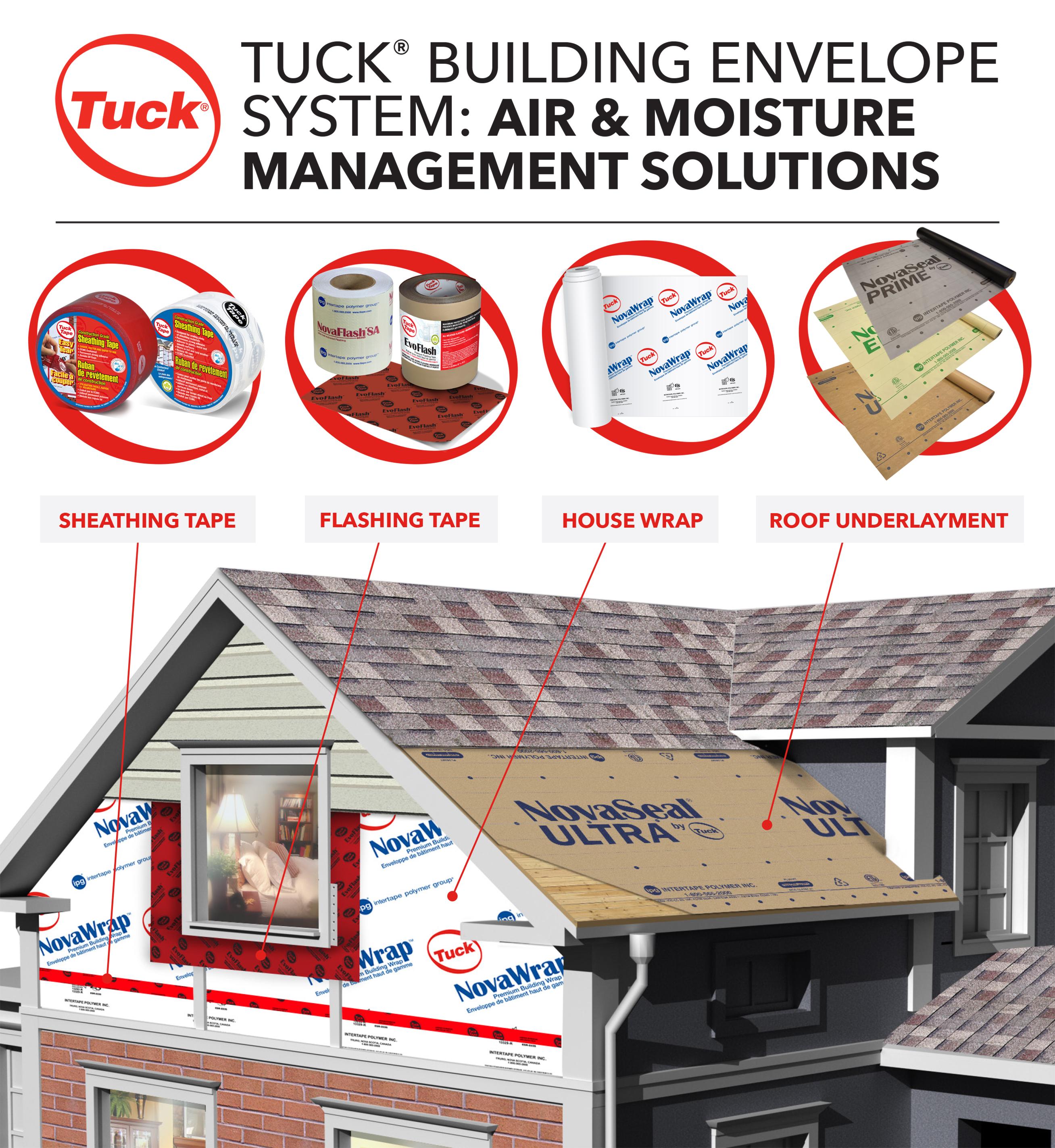
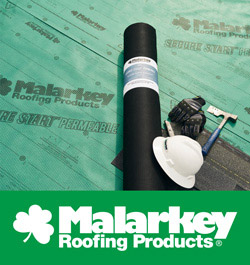







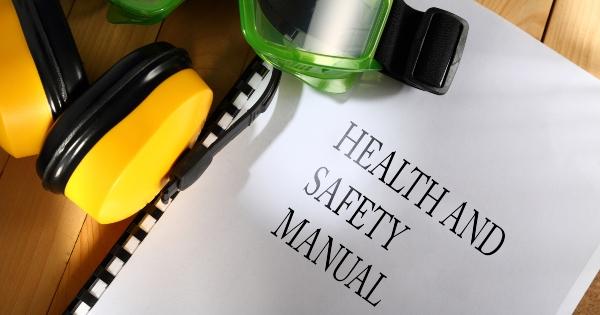
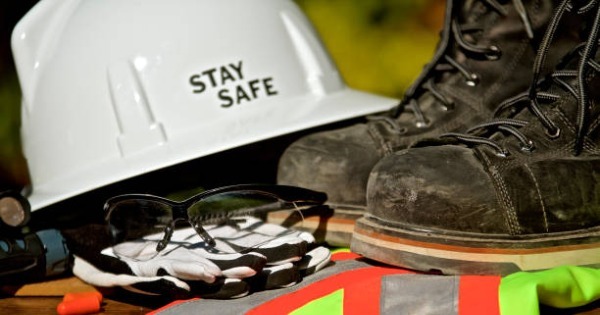
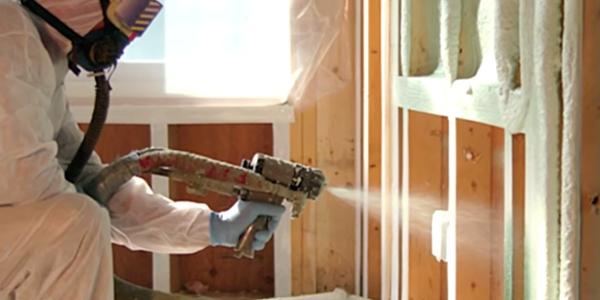





Comments
Leave a Reply
Have an account? Login to leave a comment!
Sign In